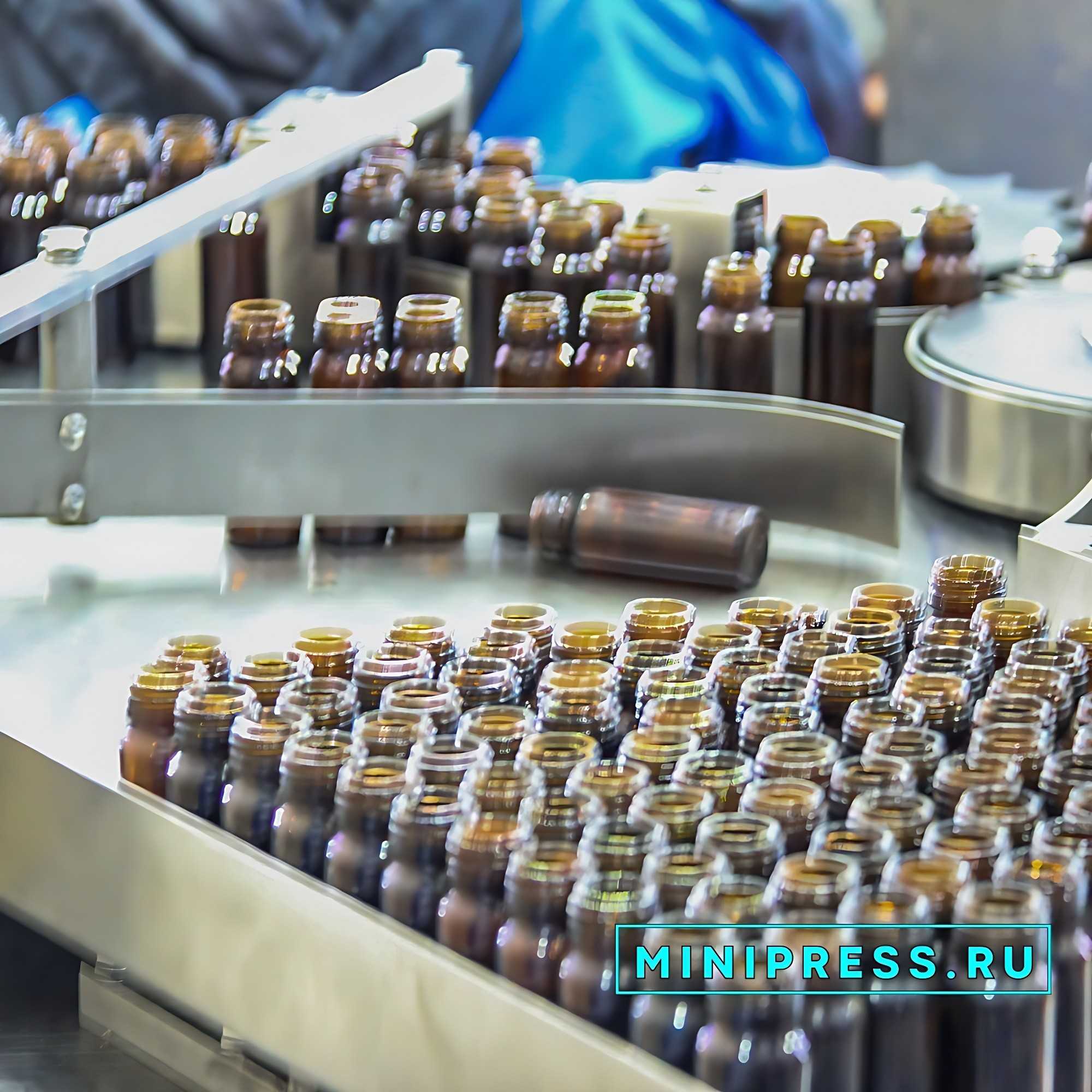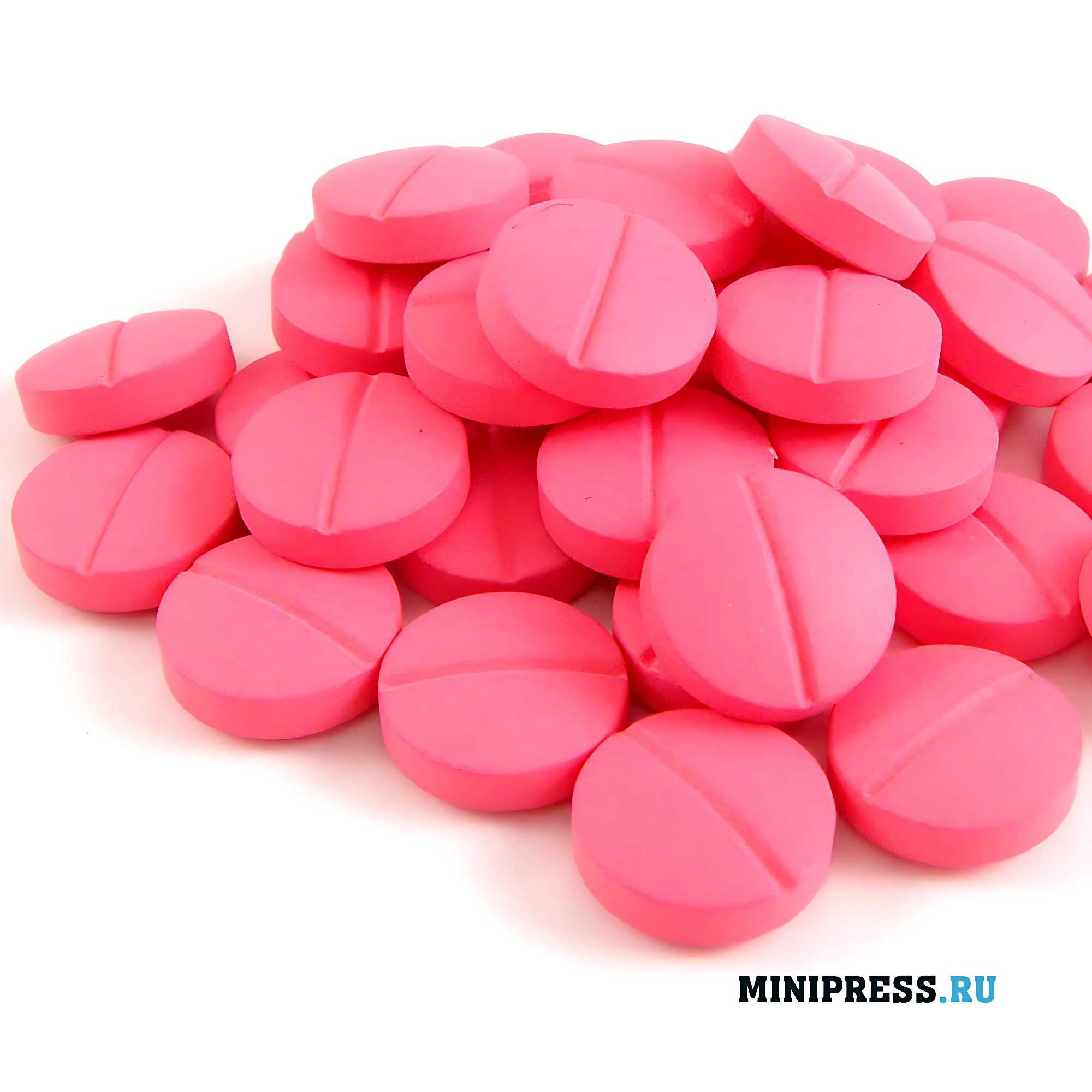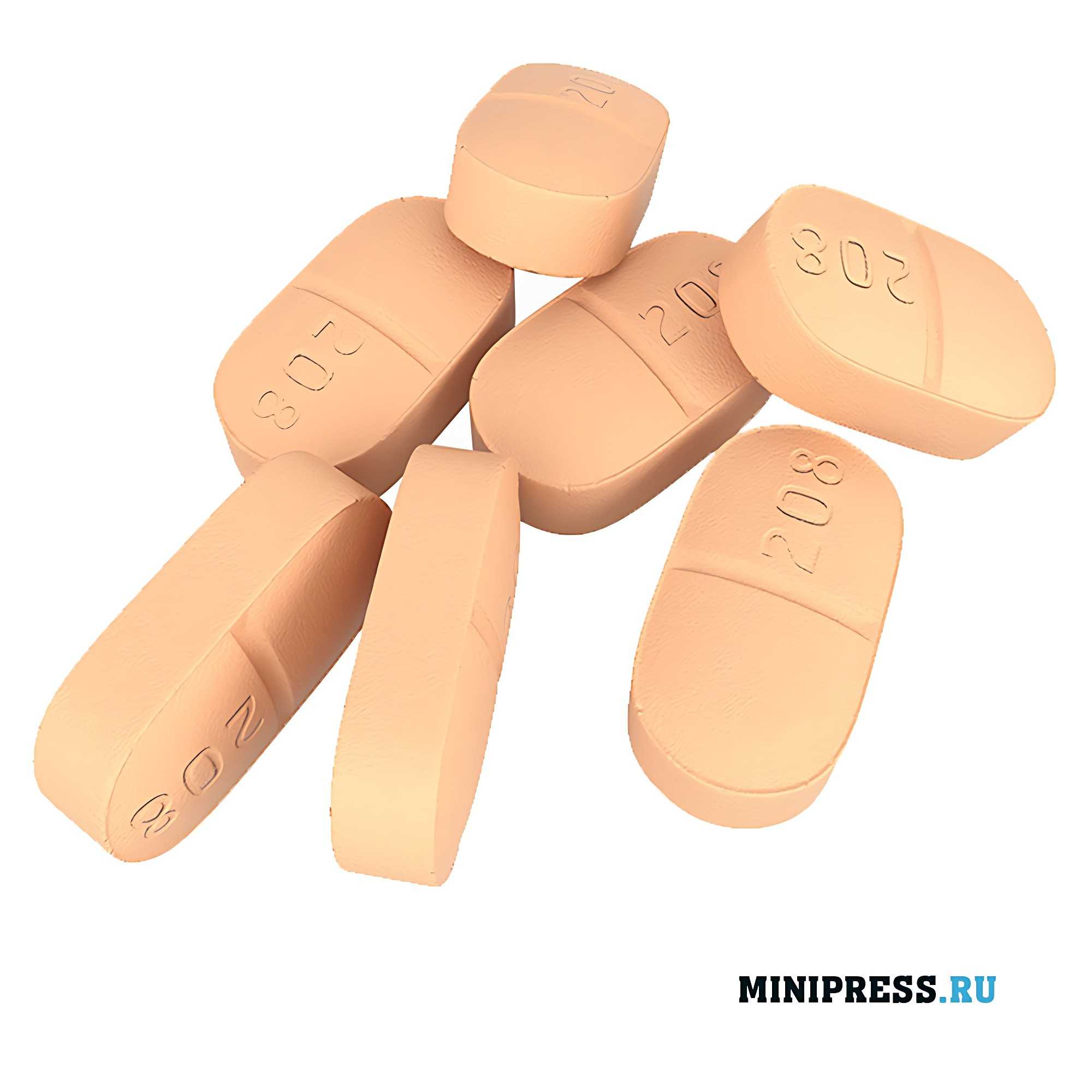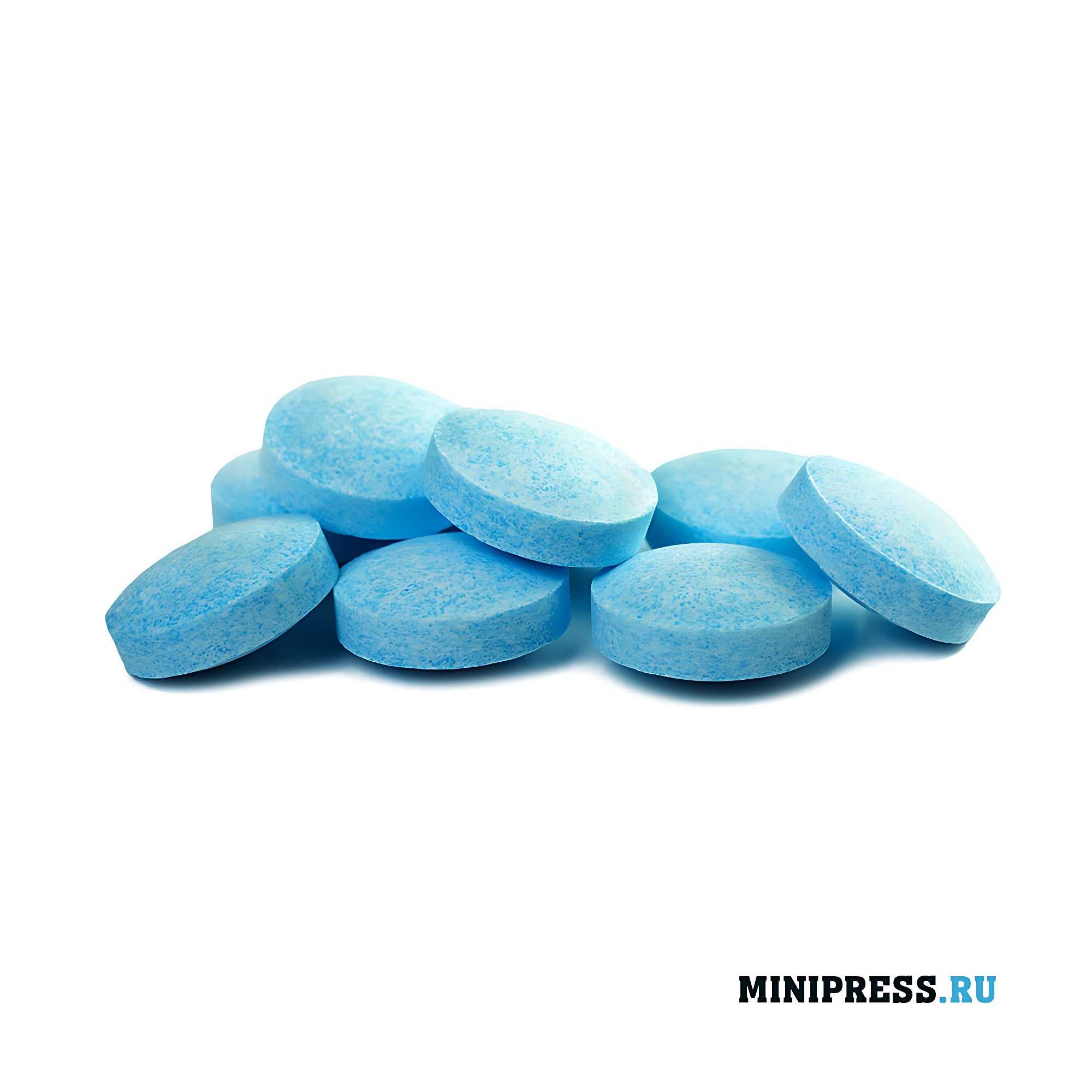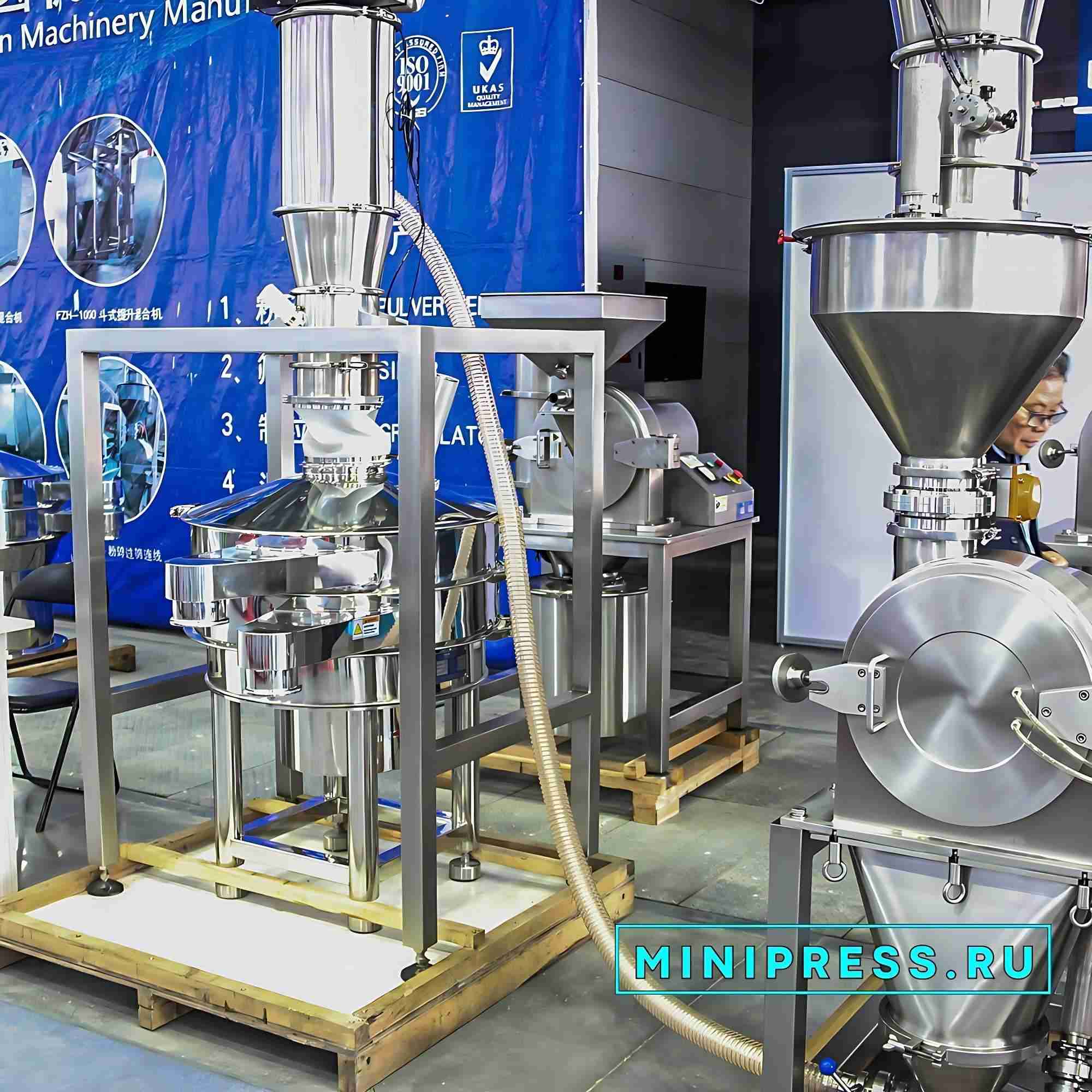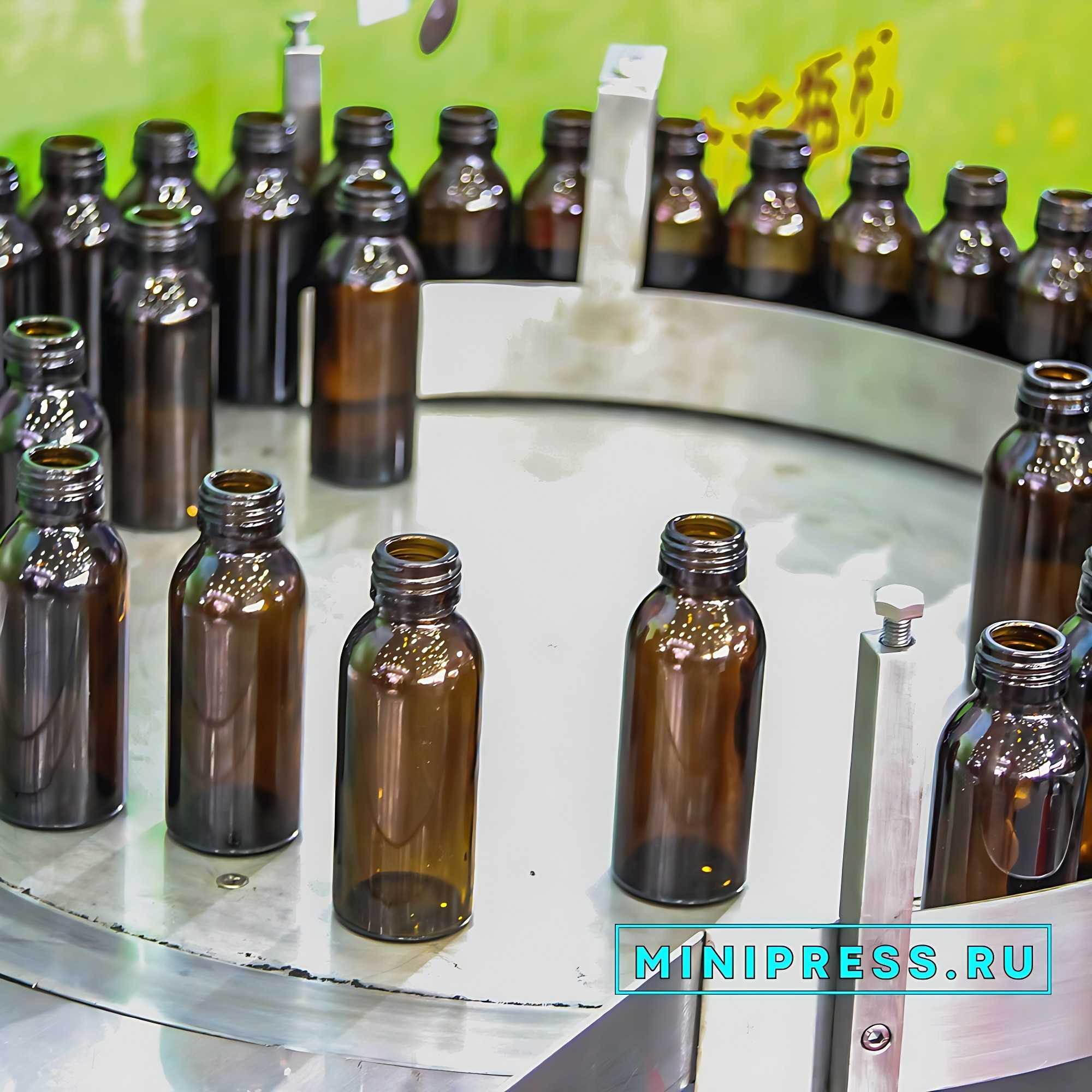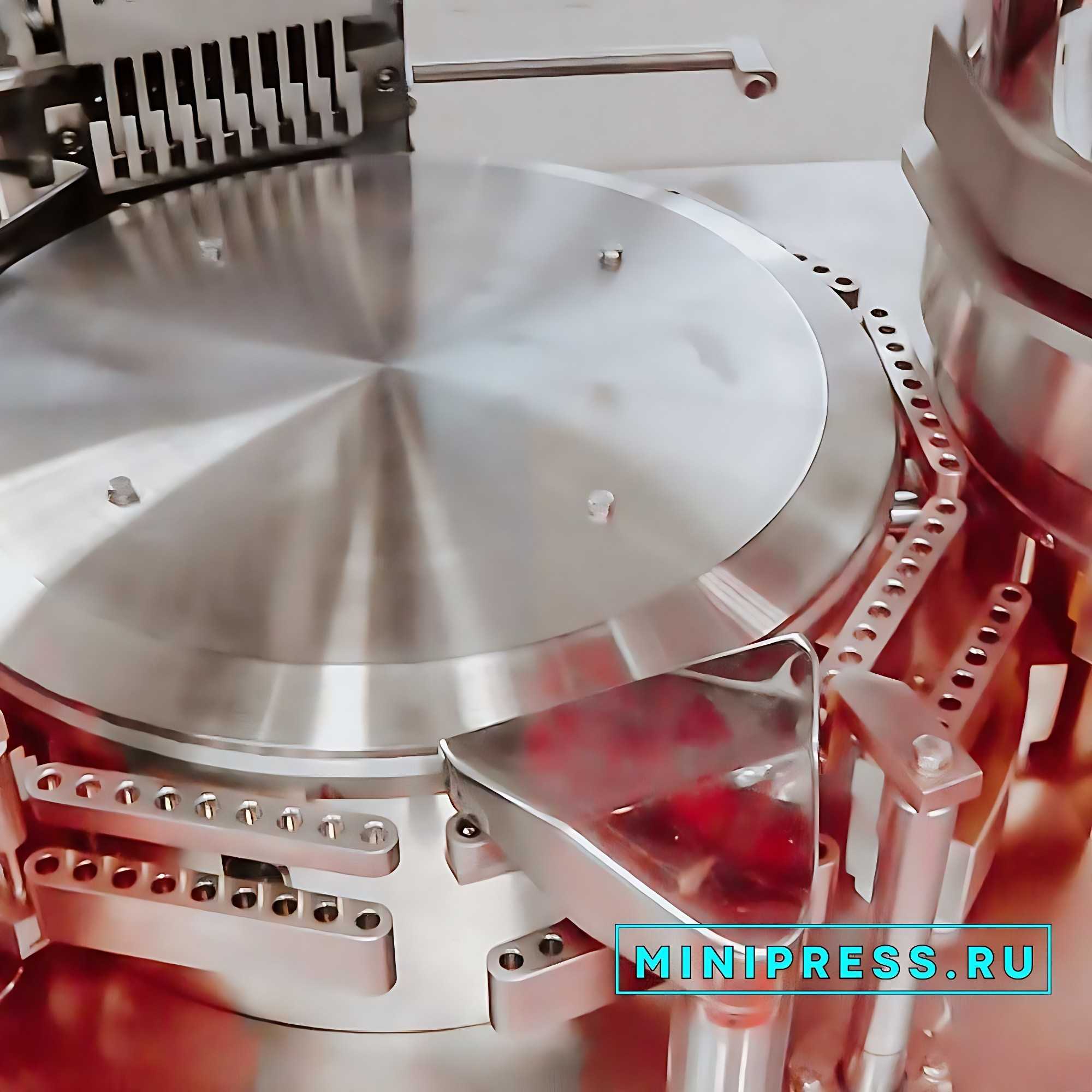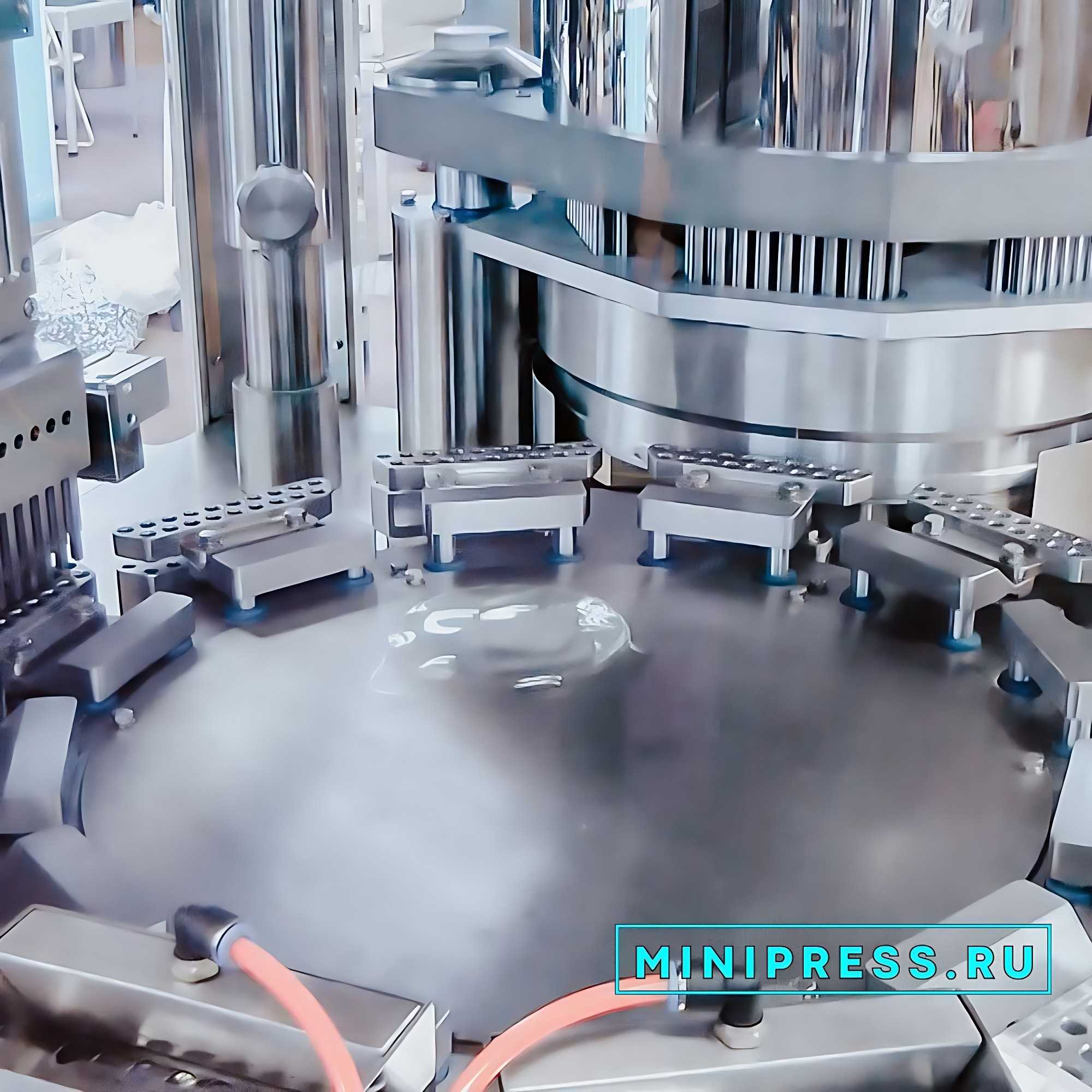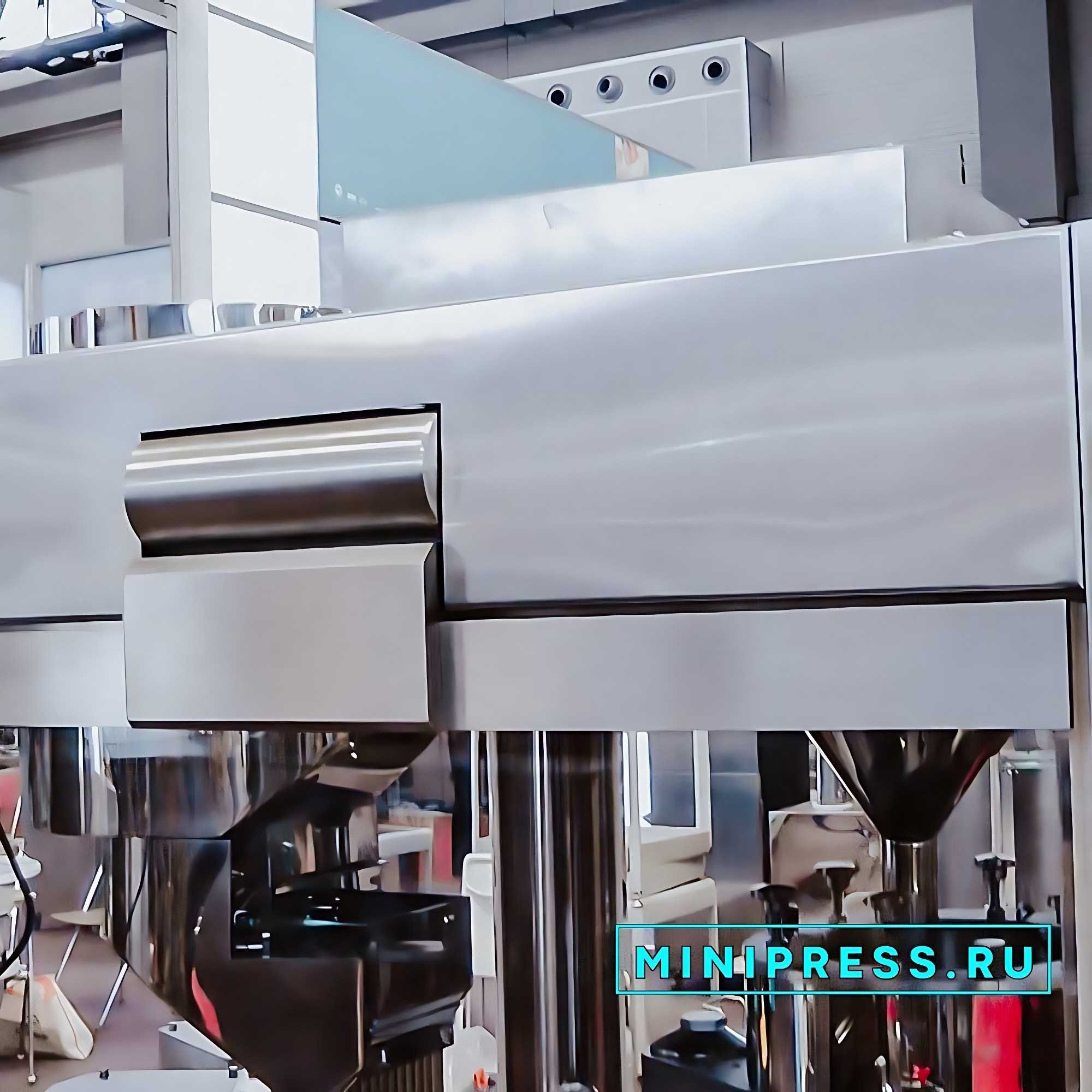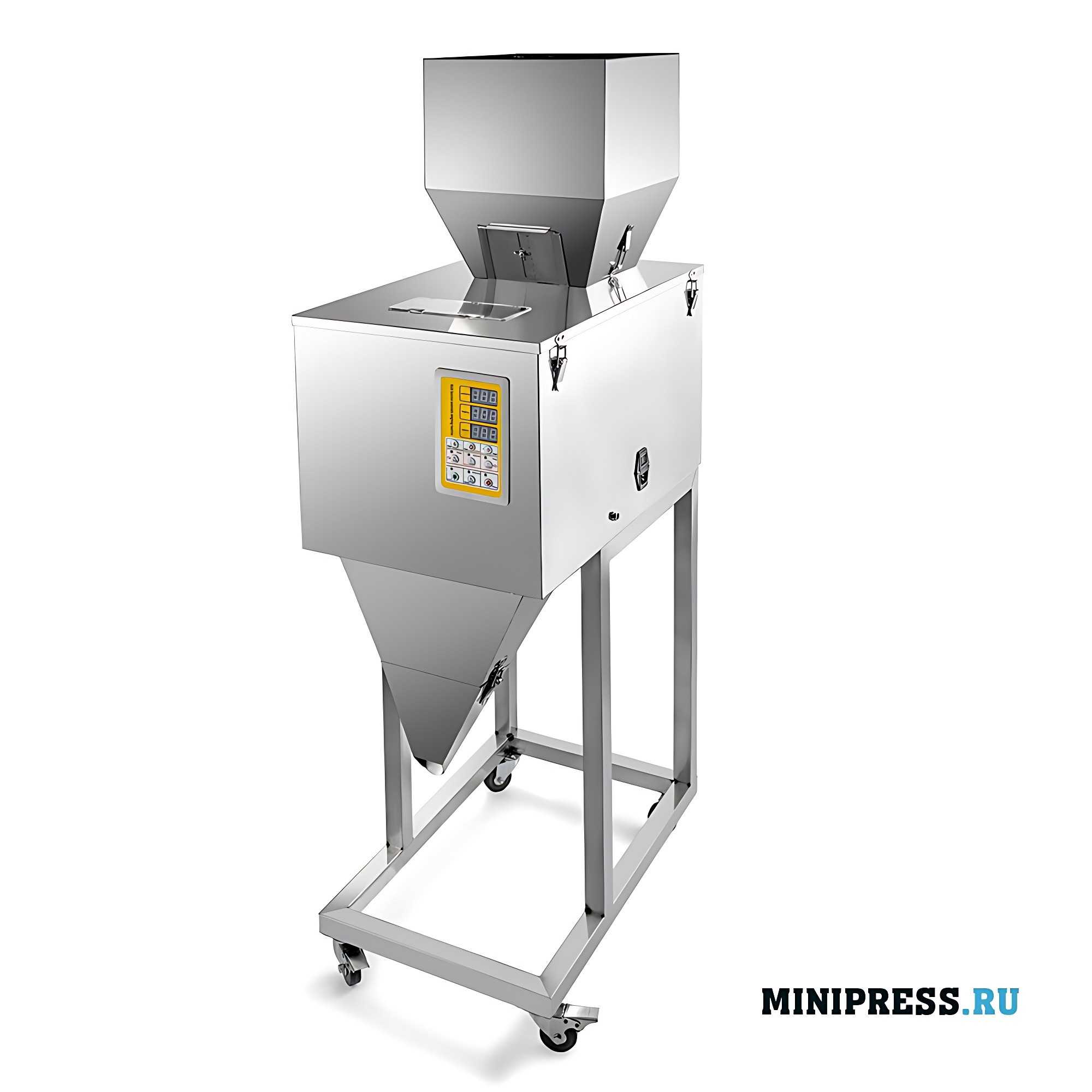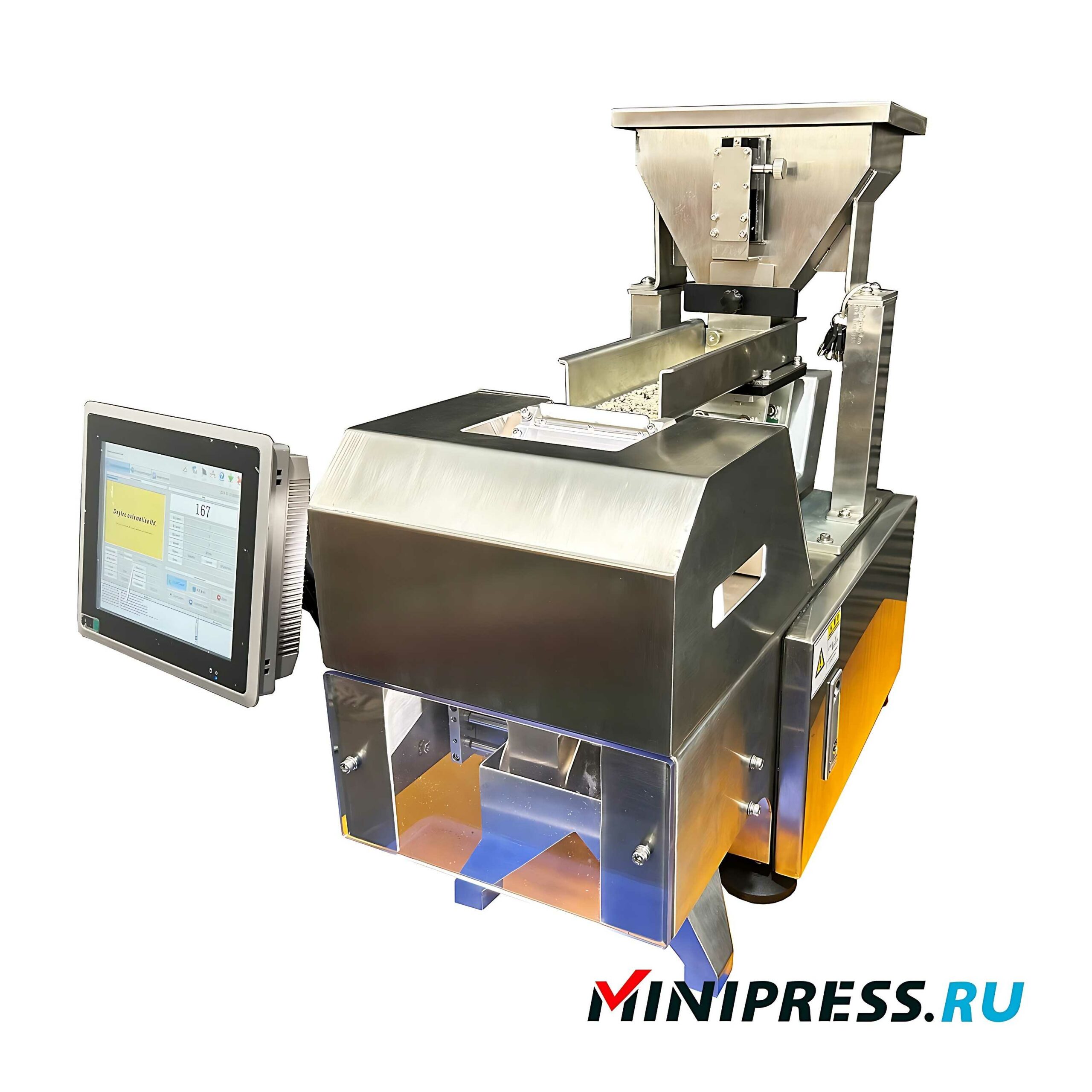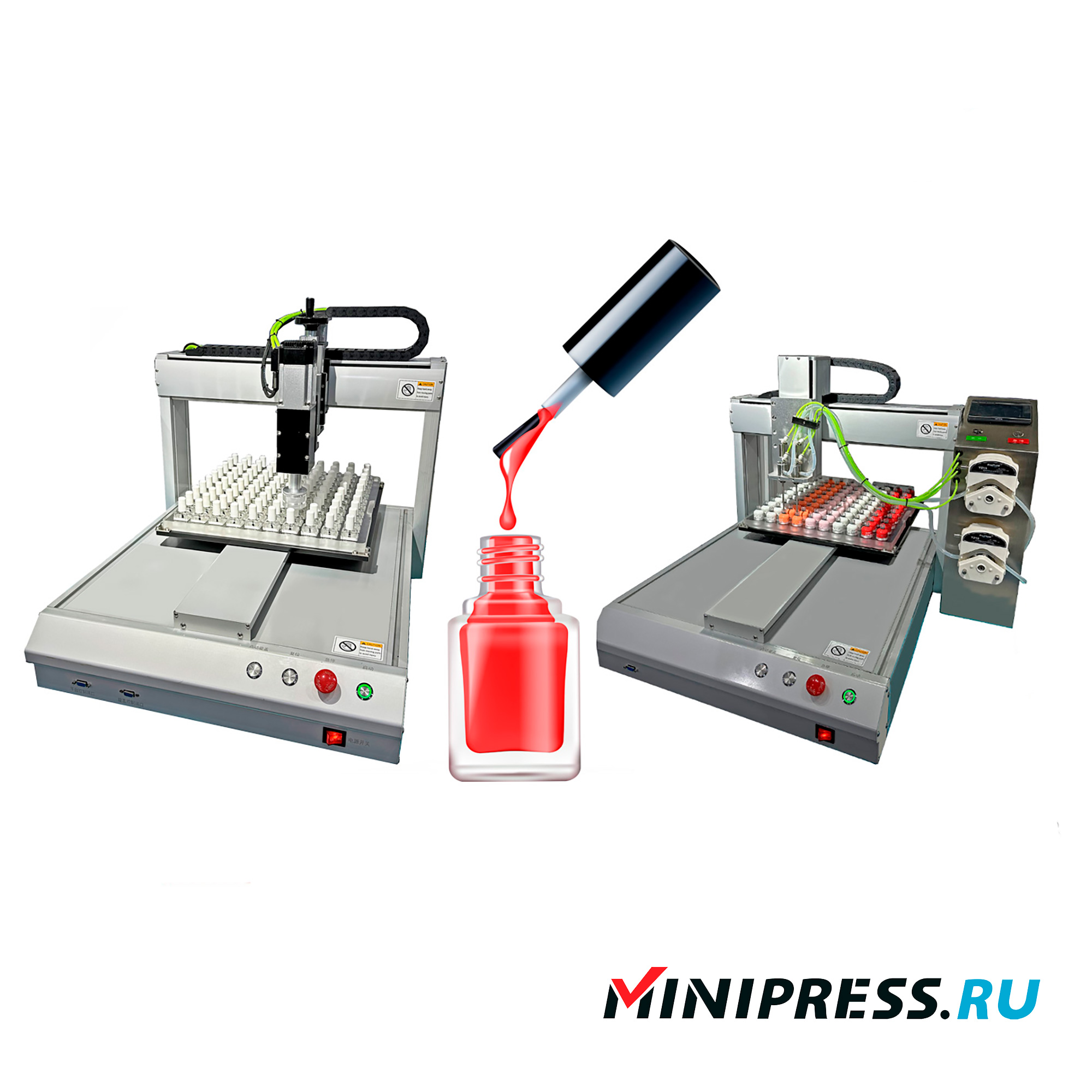 Video review of the model
Video review of the model
 Our service and customer service
Our service and customer service
Delivery of the active substance to any part of the GI tract is achieved by using as a coating exactly those types of Eudragit polymers that dissolve at certain acidity (pH) values of the environment peculiar to this or that part of the GI tract. It is also possible to use combinations of separate types of polymers when it is necessary to deliver drugs to a strictly defined part of the GI tract. The described feature of Eudragit films is crucial for more effective treatment of a number of diseases, including ulcerative colitis, Crohn’s disease and even some cancers. The intestinal soluble coating (water-based) is Kollicoat MAE 30DP (methacrylic acid + ethyl acrylate 1+1) polymer as a 30% water-soluble dispersion and Kollicoat MAE 100P polymer as a 100% water-dispersible powder. Kollicoat is the patented name for all BASF coatings. Kollicoat MAE 1 OOP is a powder consisting mainly of methacrylic acid-ethyl acrylate copolymer (1:1). It has an average molecular weight of approximately 250,000 kDa. It is prepared from Kollicoat MAE*30DP by neutralizing up to about 6 mol% of the copolymer with sodium hydroxide. Additionally, this powder includes two stabilizers to prevent sedimentation and degradation of the copolymer. These polymers form non-hygroscopic films, which require a plasticizer to give the product the necessary elasticity, as the film is quite brittle. Kollicoat MAE films are completely insoluble in acidic media (e.g. 0.1 M HC1 or gastric juice). However, at pH values >5.5 they dissolve at an increasing rate. Therefore, these films are optimally suited for enteric-coated tablets that dissolve after passing through the stomach.
 Pharmaceutical Glossary
Pharmaceutical Glossary
 Technical specifications
Technical specifications
Intestine-soluble coatings are used for dosage forms that, when administered, are expected to delay the release of drugs, may be destroyed in the stomach (e.g., pancreatin, erythromycin), may cause nausea or bleeding, or may cause irritation of the gastric mucosa (e.g., aspirin, steroids). Such coatings can be used to re-release drugs in different parts of the GI tract. The action of intestine-soluble coating is due to the difference in properties of gastric and intestinal media due to different acidity and enzyme composition. Although some time ago there were attempts to create coatings that degrade under the action of intestinal enzymes, these developments were not popular, because enzymatic degradation of the film is a rather long process. Thus, most of the widely used intestine-soluble coatings are weak acids that do not dissociate at low pH values, but are easily ionized when the pH of the medium is increased to 5. The most effective enteric soluble polymers are polyacids. Enzyme-degradable coatings are currently used as protective coatings for delivery of polypeptide drug substances into the colon. One of the first synthetic polymers used for intestine-degradable coatings is phthalate cellulose acetate (PCA). However, pH>6 is required for dissolution of the coating, which significantly delays drug release. This polymer is relatively permeable to moisture and gastric juice compared to most enteric soluble polymers. In addition, it is highly susceptible to hydrolytic degradation, in which phthalic acid separates from acetic acid, leading to changes in the properties of the polymer and hence the action of the enteric coating.
 Additional information
Additional information
Other useful polymers used in enteric coating formulations include: Polyvinyl acetate phthalate (PVAP), which is less permeable to moisture and gastric juice, more resistant to hydrolysis, and able to ionize at low pH values; hydroxypropyl methylcellulose phthalate (HPMCP), which has properties similar to those of PVAP; acrylic polymers such as methacrylic acid or methacrylic acid ester copolymer (some of which have a high dissociation constant); cellulose acetate trimellitate (ATC), which has properties similar to those of AFC; carboxymethyl ethyl cellulose (CMEC); hydroxypropyl methylcellulose acetate succinate (HPMCS).
In recent years, acrylic copolymers have been considered most suitable for the development of enteric coatings. A new type of film coatings has emerged, based on poly-methyl methacrylates (PMMA), polymers derived from acrylic acid, called Eudragit, which have the following properties: Excellent moisture-, heat- and light-protective properties, hence increasing the shelf life of drugs (far exceeding the corresponding properties of cellulose); complete neutralization of unpleasant taste and odor, which are often possessed by the active ingredients in the tablet; ease of swallowing large-sized tablets due to the sliding properties of the films; uniformly colored tablets of any shade when combined with pigments; delivery of the active ingredient to any part of the GI tract; use of Eudragit as a matrix for dosage forms with retarded
Order status tracking
In Toledo ITA-01 tablet and capsule counter, RZ-9 rotary tablet press and manual capsule filling machine. Help when we get it ? 07/12/2025 23:16
Good afternoon, Grace! We have received from the factories photos of the equipment after packing. Natalia will forward the photos to you. Delivery time to you is 45-50 days. 07/12/2025 23:19
Good day, tell me need delivery in San Francisco to the settlement in the distance of 20 km. Can you organize this? 07/12/2025 23:26
Aria, Good afternoon, please send us an email to info@minipress.ru with the exact name of the equipment model, city, and your coordinates. We will calculate the delivery to you. 07/12/2025 23:30
Natalia tell me, automatic double-sided labeling machine ST-36 has left the factory, invoice #118. 07/12/2025 23:36
Hello Oliver, The equipment has been shipped from the transit warehouse and delivery is proceeding as planned. No delays are expected. 07/12/2025 23:40
Can your technician come to Copenhagen? We need technologist consultation and assistance. 07/12/2025 23:46
Abigail, We have already received your email. A technician in the interval from 14:00-16:00 will contact you. Don't worry. 07/12/2025 23:48
Good afternoon! semi-automatic liquid filling machine in barrels DF-13 , a copy of the payment is sent to the post. Start the order to work. 07/12/2025 23:56
Layla, good afternoon! We have seen your payment, we receive SMS from the bank. Please send drawings of barrels and answers to our questions in correspondence. 07/12/2025 23:57
Dear Roman, how are you doing? Our company bought more than a year ago a filling and capping machine for penicillin vials, model XL-10. We got financing this year and want the same machine. Will you give us a discount? 08/12/2025 00:06
Amelia, thank you. We're doing great. Of course we will give a discount to the regular customer. Delivery of equipment also in Oklahoma City ? Contact Natalia, she will send the contract and invoice. 08/12/2025 00:08
Tell me the NJ-120 automatic capsule machine went ? 08/12/2025 00:16
Ethan, good afternoon. Yes, already tomorrow until 16:30 you will receive it. Taking into account the heavy weight of the equipment, we ask you to take care of unloading by forklift in advance. The transportation company does not provide unloading. Only delivery to the address. 08/12/2025 00:17
Roman, our company bought VL-100 V-shaped powder mixer, but it is not enough for us, can we return it and exchange it for V-300 model? 08/12/2025 00:26
Penelope, good afternoon. When we corresponded with you, I warned you that this is a model with a small load. Unfortunately we can not pick up the equipment. As an option, we will offer our customers with a discount. 08/12/2025 00:30
Contract #12, the deadline for delivery has already passed. Take action at last. Accelerate Tsibulsky R.G. 08/12/2025 00:36
Hello Sebastian, we are on vacation on weekends and are not able to respond to messages. Raise the contract, delivery time of equipment to your warehouse in Zurich to 50 working ( not calendar) days. Action taken. 08/12/2025 00:37
Good day, tell me need delivery in Mesa to the settlement in the distance of 20 km. Can you organize this? 08/12/2025 00:46
Chloe, Good afternoon, please send us an email to info@minipress.ru with the exact name of the equipment model, city, and your coordinates. We will calculate the delivery to you. 08/12/2025 00:50
- EQUIPMENT FOR WASHING AND STERILIZING BOTTLES
- EQUIPMENT FOR COUNTING AND PACKAGING TABLETS AND CAPSULES IN BOTTLES
- EQUIPMENT FOR POLISHING AND DEDUSTING TABLETS AND CAPSULES
- EQUIPMENT FOR COATING TABLETS
- EQUIPMENT FOR THE PRODUCTION OF TABLETS
- EQUIPMENT FOR FILLING AND SEALING GLASS AMPOULES
- MACHINES FOR FORMING AND FILLING PLASTIC AMPOULES
- EQUIPMENT FOR PACKAGING TABLETS AND CAPSULES IN PLASTIC BOTTLES
- SPRAY DRYING EQUIPMENT FOR SUSPENSIONS
- EQUIPMENT FOR FILLING CREAMS AND SEALING PLASTIC TUBES
- AUTOMATIC EQUIPMENT FOR REMOVING TABLETS AND CAPSULES FROM BLISTERS
- EQUIPMENT FOR FILLING HARD GELATIN CAPSULES WITH POWDER
- MACHINES FOR THE PRODUCTION OF SUPPOSITORIES
- HIGH-PRECISION DOSING MACHINES POWDER FILLING MACHINES
- EQUIPMENT FOR PACKING POWDERS INTO VIALS
- EQUIPMENT FOR PRINTING LOGO ON TABLETS AND CAPSULES
- BOTTLE FILLING AND CAPPING EQUIPMENT
- EQUIPMENT FOR AUTOMATIC BOTTLE FEEDING FOR FILLING LINES
- EQUIPMENT FOR SCREW FEEDING OF POWDERS
- EQUIPMENT FOR VACUUM TRANSPORTATION OF POWDERS
- EQUIPMENT FOR HOMOGENIZING CREAMS AND OINTMENTS
- EQUIPMENT FOR EFFICIENT MIXING OF POWDERS
- AUTOMATIC PHARMACEUTICAL CENTRIFUGES
- POWDER GRANULATION EQUIPMENT
- EQUIPMENT FOR INDUCTION SEALING OF ALU FOIL BOTTLES
- EQUIPMENT FOR WEIGHT CONTROL AND SORTING OF CARDBOARD BOXES WITH MEDICINE
- EQUIPMENT FOR FILLING LIQUIDS IN PLASTIC AND METAL BARRELS
- EQUIPMENT FOR PACKING TEA INTO TEA BAGS WITH THREAD AND LABEL
- EQUIPMENT FOR THE MANUFACTURE AND PACKAGING OF WET ALCOHOL WIPES
- AUTOMATIC EQUIPMENT FOR SELF-ADHESIVE LABELS ON PACKAGING
- EQUIPMENT FOR PACKAGING BULK MATERIALS IN PLASTIC BAGS
- EQUIPMENT FOR METAL DETECTOR IN GELATIN CAPSULES AND TABLETS
- EQUIPMENT FOR FILLING AND PACKAGING HERBAL TINCTURES
- EQUIPMENT FOR PACKAGING FOOD PRODUCTS IN DOY-PACK PACKAGES
- EQUIPMENT FOR VACUUM PACKAGING IN PLASTIC BAGS
- EQUIPMENT FOR PACKAGING TABLETS IN STRIPS AND TUBES
- EQUIPMENT FOR PACKAGING PRODUCTS IN A FLOW PACK
- EQUIPMENT FOR APPLYING THE EXPIRATION DATE AND BATCH NUMBER TO PRODUCTS
- FLOW-PACK PACKAGING MACHINES
- AUTOMATIC EQUIPMENT FOR BLISTER PACKAGING
- EQUIPMENT FOR WRAPPING CARDBOARD BOXES WITH CELLOPHANE
- DESKTOP EQUIPMENT FOR LIQUID DOSING
- PERISTALTIC PUMPS DISPENSERS
- EQUIPMENT FOR AUTOMATIC DOSING OF CREAMS AND OINTMENTS
- DESKTOP EQUIPMENT FOR MIXING POWDERS
- MACHINES PRINTING EXPIRATION DATE AND LOT NUMBER
- EQUIPMENT FOR MIXING LIQUIDS WITH MICROWAVE HEATING
- DESKTOP EQUIPMENT FOR HIGH-SPEED EMULSION PRODUCTION
- MANUAL EQUIPMENT FOR FILLING GELATIN CAPSULES WITH POWDER
- EQUIPMENT FOR LABORATORY TESTING OF MEDICINES
- EQUIPMENT FOR VIBRATING SIEVING OF POWDERS
- EQUIPMENT FOR POWDERING PHARMA RAW MATERIALS
- SEMI-AUTOMATIC EQUIPMENT FOR BLISTER PACKAGING
- SEMI-AUTOMATIC EQUIPMENT FOR FILLING GELATIN CAPSULES
- EQUIPMENT FOR THE PRODUCTION OF FISHING BOILIES
- EQUIPMENT FOR FILLING HARD GELATIN CAPSULES WITH POWDER
- EQUIPMENT FOR COATING TABLETS
- EQUIPMENT FOR WASHING AND STERILIZING BOTTLES
- EQUIPMENT FOR THE PRODUCTION OF TABLETS
- EQUIPMENT FOR PACKAGING TABLETS AND CAPSULES IN PLASTIC BOTTLES
- EQUIPMENT FOR FILLING CREAMS AND SEALING PLASTIC TUBES
- EQUIPMENT FOR FILLING AND SEALING GLASS AMPOULES
- BOTTLE FILLING AND CAPPING EQUIPMENT
- HIGH-PRECISION DOSING MACHINES POWDER FILLING MACHINES
- SPRAY DRYING EQUIPMENT FOR SUSPENSIONS
- EQUIPMENT FOR PRINTING LOGO ON TABLETS AND CAPSULES
- EQUIPMENT FOR PACKING POWDERS INTO VIALS
- MACHINES FOR FORMING AND FILLING PLASTIC AMPOULES
- EQUIPMENT FOR COUNTING AND PACKAGING TABLETS AND CAPSULES IN BOTTLES
- MACHINES FOR THE PRODUCTION OF SUPPOSITORIES
- EQUIPMENT FOR POLISHING AND DEDUSTING TABLETS AND CAPSULES
- AUTOMATIC EQUIPMENT FOR REMOVING TABLETS AND CAPSULES FROM BLISTERS
- EQUIPMENT FOR EFFICIENT MIXING OF POWDERS
- AUTOMATIC PHARMACEUTICAL CENTRIFUGES
- EQUIPMENT FOR HOMOGENIZING CREAMS AND OINTMENTS
- EQUIPMENT FOR VACUUM TRANSPORTATION OF POWDERS
- EQUIPMENT FOR SCREW FEEDING OF POWDERS
- POWDER GRANULATION EQUIPMENT
- EQUIPMENT FOR AUTOMATIC BOTTLE FEEDING FOR FILLING LINES
- EQUIPMENT FOR VACUUM PACKAGING IN PLASTIC BAGS
- EQUIPMENT FOR PACKING TEA INTO TEA BAGS WITH THREAD AND LABEL
- EQUIPMENT FOR FILLING LIQUIDS IN PLASTIC AND METAL BARRELS
- EQUIPMENT FOR APPLYING THE EXPIRATION DATE AND BATCH NUMBER TO PRODUCTS
- FLOW-PACK PACKAGING MACHINES
- EQUIPMENT FOR THE MANUFACTURE AND PACKAGING OF WET ALCOHOL WIPES
- EQUIPMENT FOR FILLING AND PACKAGING HERBAL TINCTURES
- EQUIPMENT FOR WRAPPING CARDBOARD BOXES WITH CELLOPHANE
- EQUIPMENT FOR WEIGHT CONTROL AND SORTING OF CARDBOARD BOXES WITH MEDICINE
- EQUIPMENT FOR PACKAGING TABLETS IN STRIPS AND TUBES
- AUTOMATIC EQUIPMENT FOR BLISTER PACKAGING
- EQUIPMENT FOR PACKAGING FOOD PRODUCTS IN DOY-PACK PACKAGES
- EQUIPMENT FOR METAL DETECTOR IN GELATIN CAPSULES AND TABLETS
- EQUIPMENT FOR PACKAGING BULK MATERIALS IN PLASTIC BAGS
- EQUIPMENT FOR INDUCTION SEALING OF ALU FOIL BOTTLES
- AUTOMATIC EQUIPMENT FOR SELF-ADHESIVE LABELS ON PACKAGING
- EQUIPMENT FOR PACKAGING PRODUCTS IN A FLOW PACK
- EQUIPMENT FOR LABORATORY TESTING OF MEDICINES
- DESKTOP EQUIPMENT FOR LIQUID DOSING
- SEMI-AUTOMATIC EQUIPMENT FOR BLISTER PACKAGING
- SEMI-AUTOMATIC EQUIPMENT FOR FILLING GELATIN CAPSULES
- MANUAL EQUIPMENT FOR FILLING GELATIN CAPSULES WITH POWDER
- PERISTALTIC PUMPS DISPENSERS
- EQUIPMENT FOR AUTOMATIC DOSING OF CREAMS AND OINTMENTS
- DESKTOP EQUIPMENT FOR HIGH-SPEED EMULSION PRODUCTION
- EQUIPMENT FOR POWDERING PHARMA RAW MATERIALS
- DESKTOP EQUIPMENT FOR MIXING POWDERS
- EQUIPMENT FOR VIBRATING SIEVING OF POWDERS
- EQUIPMENT FOR MIXING LIQUIDS WITH MICROWAVE HEATING
- MACHINES PRINTING EXPIRATION DATE AND LOT NUMBER
- EQUIPMENT FOR THE PRODUCTION OF FISHING BOILIES
 8082
8082 7590158
7590158